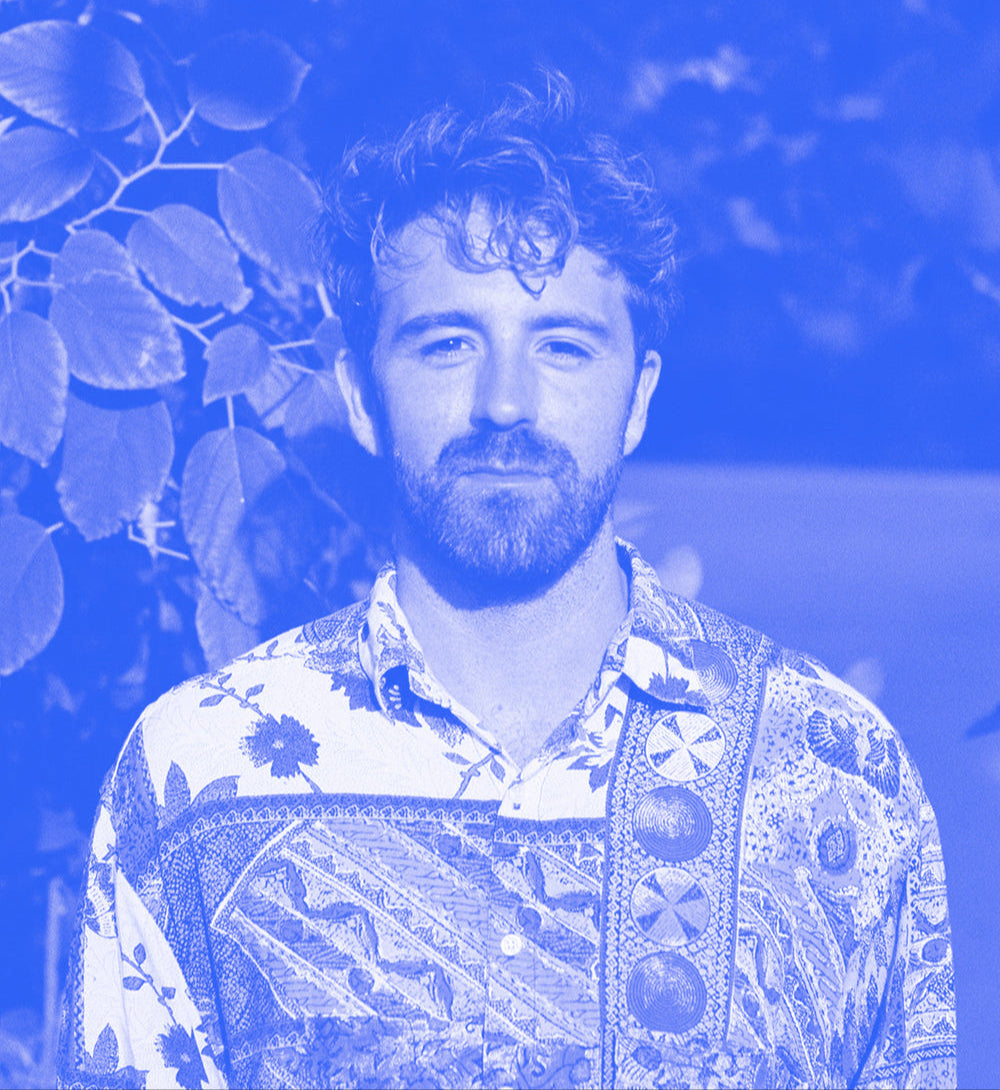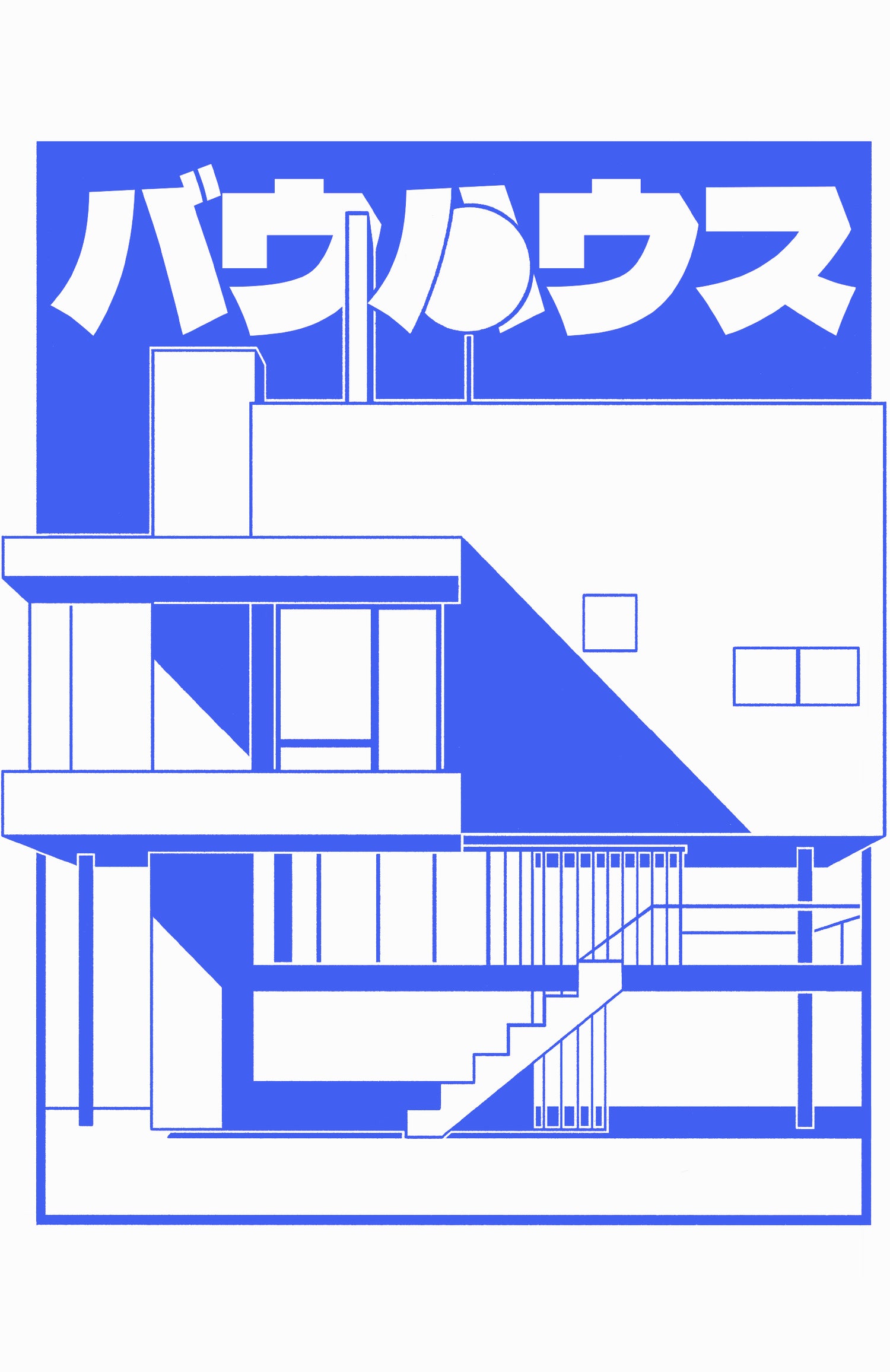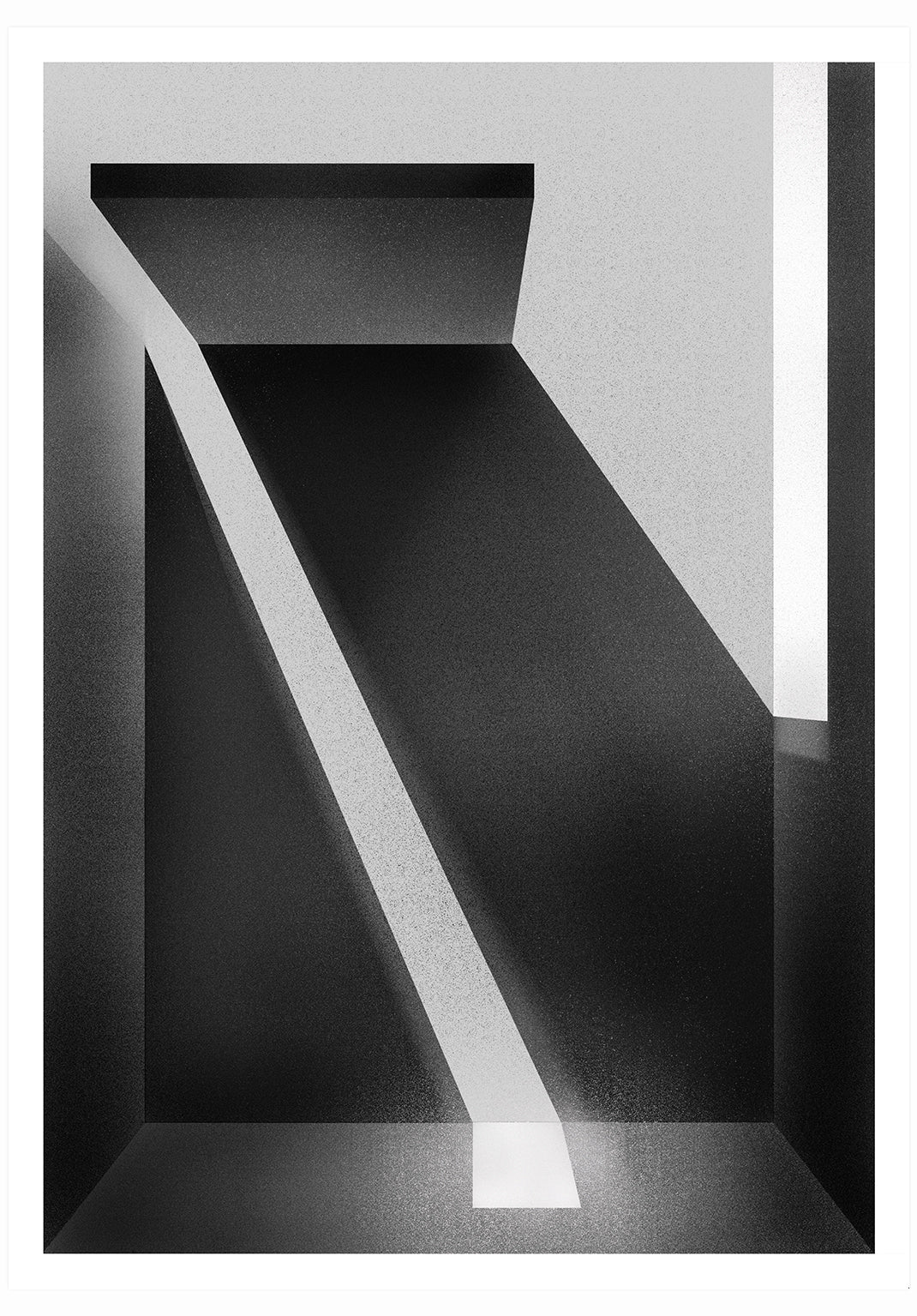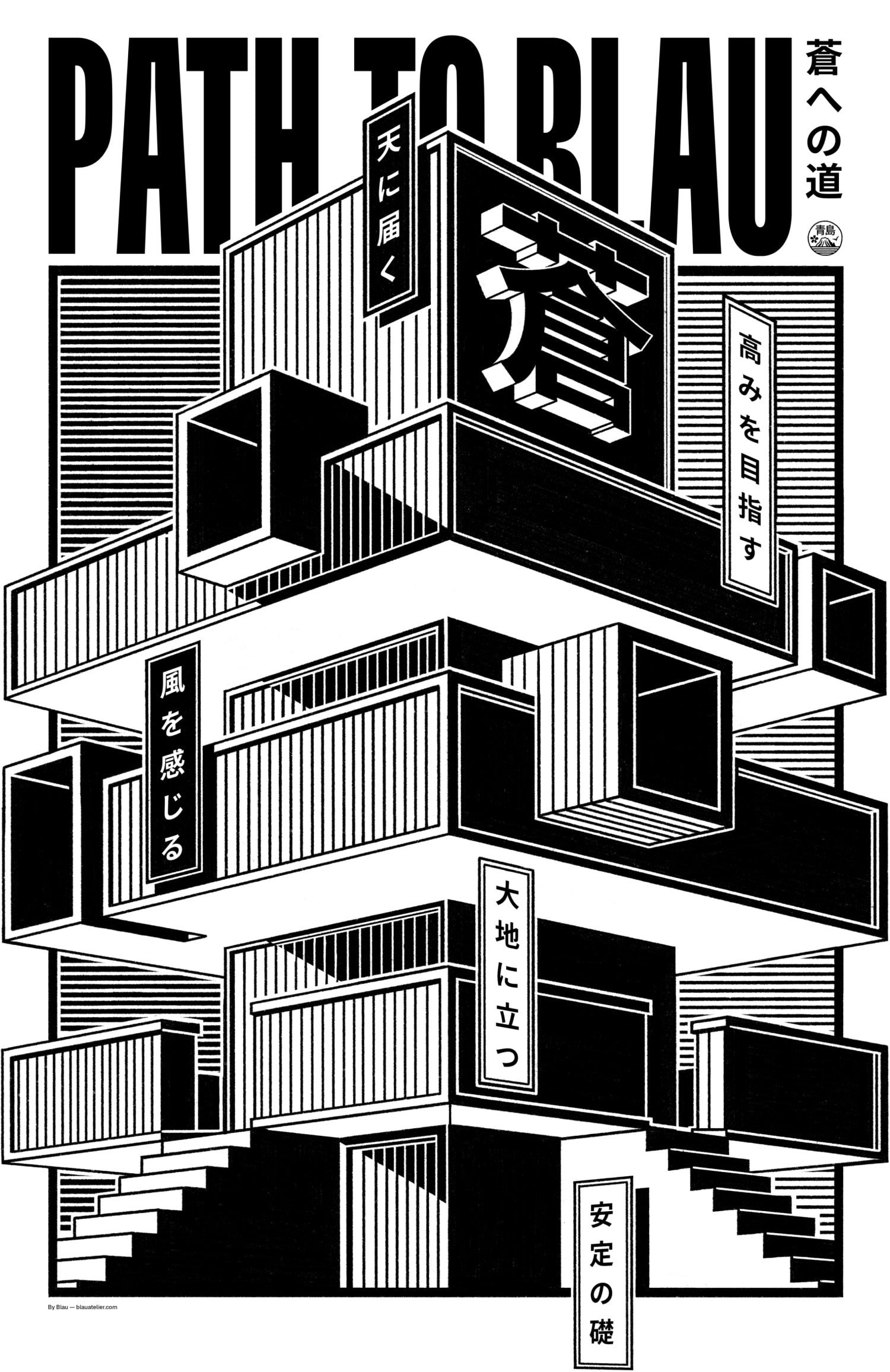
About Blau
My name is Oscar Torres and I am the designer behind Blau. I grew up in a home where design was always present, shaping the way I see and create. This passion led me to study Design at Elisava in Barcelona.
For the past 10 years, I’ve worked in Digital Product Design, which remains my main profession. But I’ve always been drawn to craft—creating physical pieces that you can see, touch, and experience beyond a screen. Blau is my way of reconnecting with that hands-on process.
Blau means blue—a nod to the endless sky and sea of Ibiza, where I’m from. I create high-quality screen-printed t-shirts and prints, each built around a concept that gives meaning to the design. Influenced by minimalist architecture and conceptual art, my work embraces clean lines and thoughtful composition. Blau is about creating work that excites me—well-made, thoughtfully designed pieces meant to be enjoyed.
All t-shirts are screen-printed in Ibiza on premium cotton, and prints are made on demand using high-quality paper and digital printing techniques.
If you wish to discover more about my work you can check Blau's Instagram where I regularly post pictures and stories.
For inquiries or collaborations, reach out at info@blauatelier.com.
Collection

Bauhaus I バウハウス
Bauhaus is a term created by the German architect Walter Gropius, founder of the Bauhaus School in 1919. It is a combination of two German words: "bau," meaning to build, and "haus," meaning house: to build a house.
The idea of building a house, based on the aesthetics and functionality of Bauhaus, aims to merge the beauty of design and materials with their utility, creating spaces where each form and element serves a specific function.
On the other side of the world, Japanese architecture was already creating spaces where simplicity and a connection to the environment were essential. Both seek to create places that are more than just spaces; they aim to become experiences.

Ma I 間
In Japanese architecture, Ma (間) refers to the intermediate space or void that exists between two elements. This concept is not simply an insignificant "gap" but an essential component that defines the relationship and harmony between objects, structures, and the environment.
Ma in architecture is fundamental for creating balance and a fluid spatial experience. It is not just about the physical measurement of space, but about how that space is perceived and how it invites interaction, contemplation, and movement. It is a space that allows for breathing between elements, where the absence of forms is just as significant as their presence.
Ma Print
Ma T-shirt

Path to Blau | 蒼への道
Conceptual representation of a pagoda, a structure that explores transcendence, the passage from the physical to the intangible. Each level marks a stage in that ascent:
安定の礎 (Ante no ishizue) → The foundation of stability.
大地に立つ (Daichi ni tatsu) → Standing upon the earth.
風を感じる (Kaze o kanjiru) → Feeling the wind.
高みを目指す (Takami o mezasu) → Striving for height.
天に届く (Ten ni todoku) → Reaching the sky.
At the top stands 蒼 (ao), the deep blue, the point of transcendence.
Inspired by the Metabolist vision of living architecture, Path to Blau reflects a personal journey: the introspective ascent as a way to reach the blue. To reach Blau.
Path to Blau Print

Kampai | 乾杯
KAMPAI comes from how we naturally pronounce kanpai (乾杯), the Japanese word meaning “empty the glass” (Or how we would say "Cheers"). The kanji 乾 (to empty) and 杯 (cup) evoke the gesture of finishing a drink together: a small ritual to celebrate the moment and the people around you.
Sake & Co brings sake directly from Japan, selecting bottles rooted in craft and tradition. In Ibiza, these brews find a new home alongside the island’s light, its gastronomy, and the Mediterranean table.
Montse Galbany’s illustration honors this meeting, imagined on a blue island where landscapes, flavors, and culture come together.
Kampai T-shirt